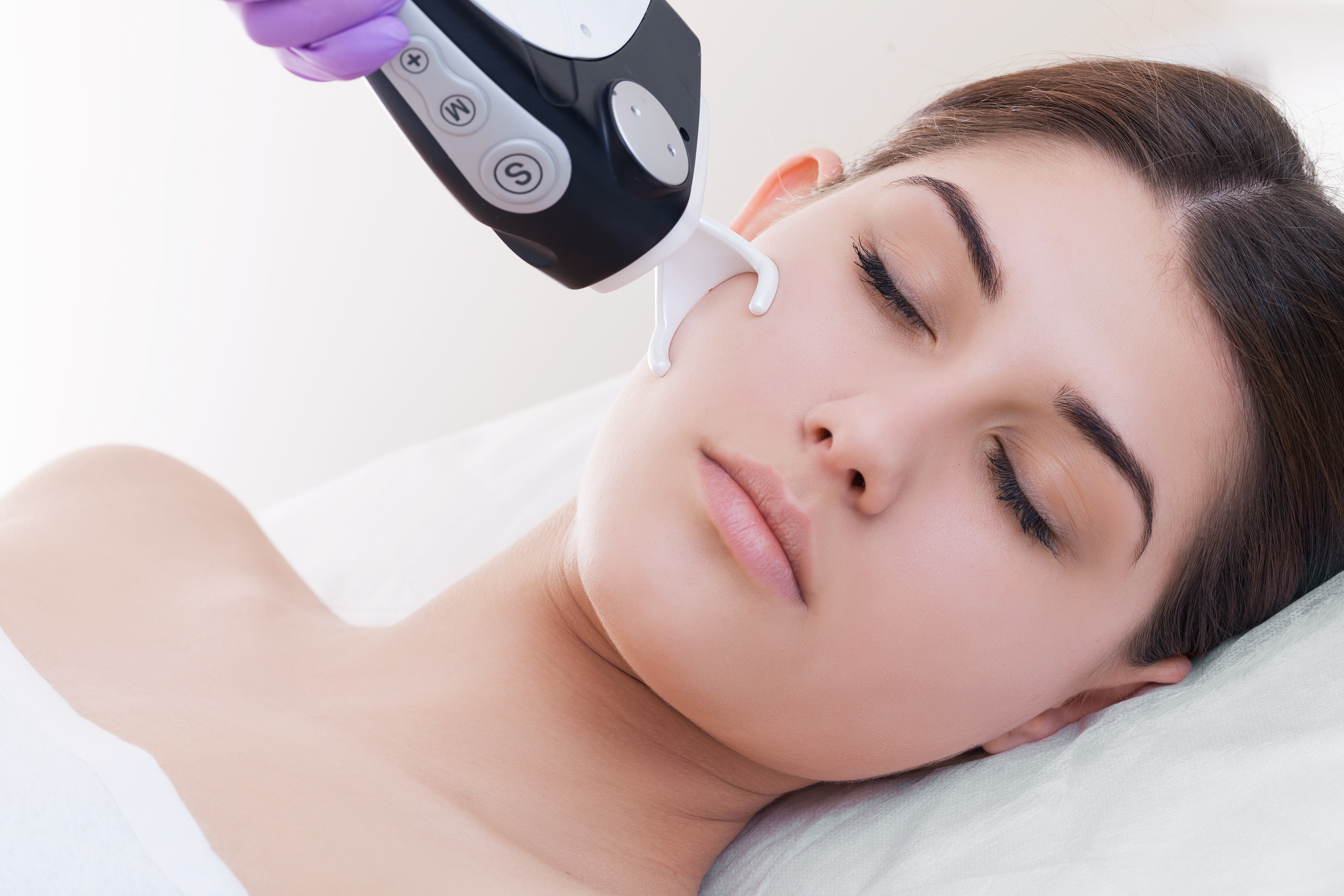
How Skin Resurfacing Treatments Can Reverse Sun Damage
Understanding Sun Damage and Its Impact
Sun exposure is one of the most common causes of premature aging and skin damage. Over time, ultraviolet (UV) rays can penetrate the skin and break down collagen, leading to wrinkles, age spots, rough texture and an uneven skin tone. Even with daily use of sunscreen, prolonged exposure accumulates and can cause significant damage.
Sun damage not only affects your appearance but also increases the risk of skin cancer. Fortunately, modern skin treatments offer effective ways to repair and reverse the signs of sun-related aging. One of the most powerful options is skin resurfacing.
What Is Skin Resurfacing?
Skin resurfacing refers to a range of procedures designed to improve skin texture and tone by removing the outermost layer of damaged skin. These treatments stimulate the natural production of collagen and elastin, which are essential for healthy and youthful skin.
Common types of skin resurfacing include laser therapy, chemical peels and microdermabrasion. Each of these techniques has its benefits and is chosen based on the specific needs of the patient’s skin.
How Skin Resurfacing Reverses Sun Damage
Skin resurfacing works by targeting and removing the damaged layers of skin. Once the surface layer is eliminated, new, healthy skin can form in its place. This process also encourages cellular turnover and collagen remodeling, which significantly improves the appearance of sun damage.
By removing hyperpigmentation, evening out skin tone and reducing the depth of fine lines, skin resurfacing gives the skin a smoother, brighter and more youthful appearance. Many patients see noticeable results after just one session, while others may benefit from a series of treatments.
Benefits Beyond Cosmetic Improvement
While the aesthetic improvements are often the most visible, skin resurfacing offers other important benefits. By exfoliating the surface and stimulating deeper layers of the skin, it enhances product absorption and promotes long-term skin health.
Additionally, resurfacing can reduce the appearance of enlarged pores and acne scars, both of which are often made worse by sun exposure. For those with a history of sunburns, skin resurfacing can also help in reducing actinic keratoses, which are precancerous lesions caused by UV damage.
Is Skin Resurfacing Right for You?
If you have sunspots, uneven texture or dull skin tone that make you feel less confident, skin resurfacing may be a suitable option. Ideal candidates include individuals with mild to moderate sun damage, pigmentation issues or early signs of aging.
It is important to consult with a licensed provider to determine which type of resurfacing treatment is best suited to your skin type and goals. Each method varies in strength and depth, so your provider will customize the treatment plan based on your unique condition and desired outcomes.
Post-Treatment Care and Long-Term Results
After a skin resurfacing procedure, your skin may be red or slightly swollen, but this usually subsides within a few days. It is essential to follow aftercare instructions carefully, which may include using gentle cleansers, moisturizers and avoiding direct sunlight.
With proper care, the benefits of skin resurfacing can last for months. To maintain the results and protect your investment, regular use of sunscreen and a tailored skincare routine is recommended.
Discover Skin Resurfacing in Baytown, TX
At Buitrago Aesthetics, we are committed to helping you achieve healthy, radiant skin. Our advanced technology and personalized approach ensure that every skin resurfacing treatment is safe and effective.
If you are struggling with signs of sun damage and want to restore your skin’s natural glow, we are here to guide you through the process. Experience the benefits of Skin Resurfacing in Baytown, TX and enjoy a fresh start for your skin.


%201.png)
%201%20(Traced).png)